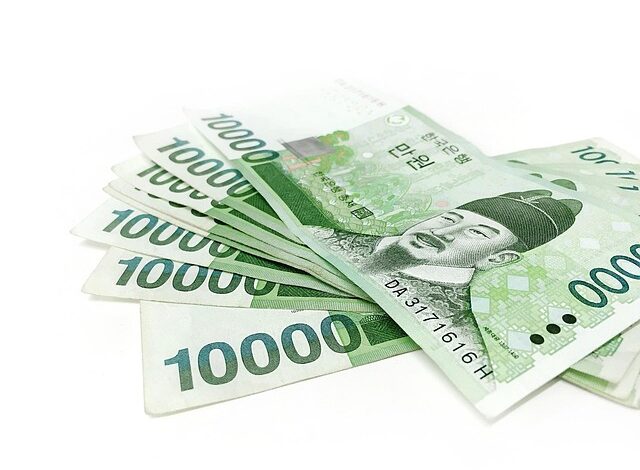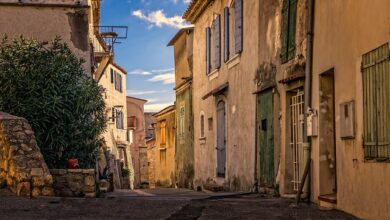Cost of Living in Italy: What to Expect

Italy, with its rich history, stunning landscapes, and world-renowned cuisine, is a dream destination for many. Whether you’re planning a short vacation, considering a long-term stay, or even contemplating a move to the Bel Paese, understanding the cost of living is essential. From housing and transportation to food and entertainment, Italy offers a range of options that cater to different budgets. In this guide, we’ll break down what you can expect when it comes to the cost of living in Italy.
1. Housing Costs
Housing is one of the most significant expenses in Italy, and costs vary widely depending on the region, city, and type of accommodation.
- Rental Prices :
- Major Cities (e.g., Rome, Milan, Florence) : Renting an apartment in major cities can be expensive. A one-bedroom apartment in the city center typically costs between €800 and €1,500 per month. Outside the city center, prices drop to around €600–€1,000.
- Smaller Towns and Rural Areas : Renting in smaller towns or rural areas is significantly cheaper. A one-bedroom apartment might cost as little as €300–€600 per month.
- Utilities : Utilities (electricity, heating, water, garbage) average around €150–€200 per month for a standard apartment. Internet service adds another €25–€40 per month.
- Buying Property :
If you’re considering purchasing property, prices vary greatly by location. For example, real estate in Tuscany or Liguria may be more expensive due to their popularity among expats, while properties in southern regions like Calabria or Basilicata are more affordable. On average, property prices range from €2,000 to €6,000 per square meter in major cities.
2. Food and Groceries
One of the joys of living in Italy is access to fresh, high-quality ingredients and delicious meals. While dining out can be pricey in tourist-heavy areas, groceries are relatively affordable.
- Grocery Shopping :
- Basic items like bread, pasta, rice, and vegetables are reasonably priced. A loaf of bread costs about €1.50, while a liter of milk is around €1.20.
- Fresh produce, such as tomatoes, zucchini, and seasonal fruits, is often sold at local markets at competitive prices.
- Imported goods (e.g., certain cereals or snacks) tend to be more expensive.
- Dining Out :
- A meal at an inexpensive restaurant costs around €10–€15, while a three-course dinner at a mid-range restaurant may set you back €30–€50 per person.
- Coffee culture is strong in Italy, and a cappuccino or espresso at a café usually costs €1–€2.
3. Transportation
Public transportation in Italy is efficient and affordable, especially in larger cities. However, owning a car can add up quickly due to fuel costs and road tolls.
- Public Transport :
- Monthly public transport passes cost approximately €30–€50 in cities like Rome, Milan, and Naples. Single tickets are usually €1.50–€2.
- Trains operated by Trenitalia or Italo connect cities across the country. Regional trains are budget-friendly, while high-speed trains (Frecciarossa, Frecciargento) are pricier but faster.
- Owning a Car :
- Fuel prices are higher than in many other countries, averaging €1.80–€2 per liter.
- Road tolls on highways can also accumulate, especially if you frequently travel between cities.
4. Healthcare
Italy boasts one of the best healthcare systems in the world, offering universal coverage to residents through the Servizio Sanitario Nazionale (SSN) .
- For Residents :
Healthcare is largely free or subsidized for Italian citizens and legal residents. You’ll need to register with the SSN and obtain a health card (tessera sanitaria). Some services, such as specialist visits or prescription medications, may require small co-pays. - For Non-Residents :
Tourists and non-residents can access emergency care for free or at a reduced cost. However, it’s advisable to have travel insurance to cover additional medical expenses. Private healthcare is available but comes at a premium.
5. Education
Education costs depend on whether you’re enrolling your children in public or private schools, or pursuing higher education yourself.
- Public Schools : Public education is free for Italian citizens and legal residents, though there may be minor fees for books and supplies.
- Private Schools : International and private schools charge tuition fees ranging from €5,000 to €20,000 annually, depending on the institution.
- Universities : Public universities are affordable, with tuition fees typically ranging from €900 to €4,000 per year for EU students. Non-EU students may pay slightly higher fees.
6. Entertainment and Leisure
Italians love to enjoy life, and there are plenty of ways to spend your leisure time without breaking the bank.
- Cultural Activities :
- Museum entry fees generally range from €5 to €15, with discounts available for students and seniors. Many museums offer free admission on the first Sunday of each month.
- Concerts, theater performances, and opera tickets vary in price but start at around €20.
- Sports and Fitness :
Gym memberships cost approximately €30–€60 per month, depending on the facility and location. - Nightlife :
A pint of beer at a bar costs around €4–€6, while cocktails can range from €8 to €12.
7. Clothing and Personal Care
Clothing and personal care products are moderately priced in Italy, though luxury brands can be expensive.
- Shopping :
- Mid-range clothing brands like Zara, H&M, and Mango are comparable in price to other European countries.
- Designer labels (Gucci, Prada, Armani) are made in Italy and often come with hefty price tags.
- Personal Care :
Haircuts typically cost €15–€30, while toiletries and cosmetics are reasonably priced.
8. Taxes
Taxes in Italy can be complex, particularly for expats and freelancers.
- Income Tax :
Income tax rates range from 23% to 43%, depending on your earnings. Self-employed individuals may face additional taxes. - VAT (Value Added Tax) :
VAT is included in most goods and services, with a standard rate of 22%. Reduced rates apply to essentials like food and books.
Regional Variations
The cost of living varies significantly across Italy’s regions:
- Northern Italy (e.g., Lombardy, Veneto) : Generally more expensive due to higher salaries and economic activity. Cities like Milan are among the priciest.
- Central Italy (e.g., Lazio, Tuscany) : Moderate to high costs, with popular tourist destinations like Florence and Rome being more expensive.
- Southern Italy (e.g., Campania, Sicily) : More affordable, with lower rents, groceries, and overall living expenses.



